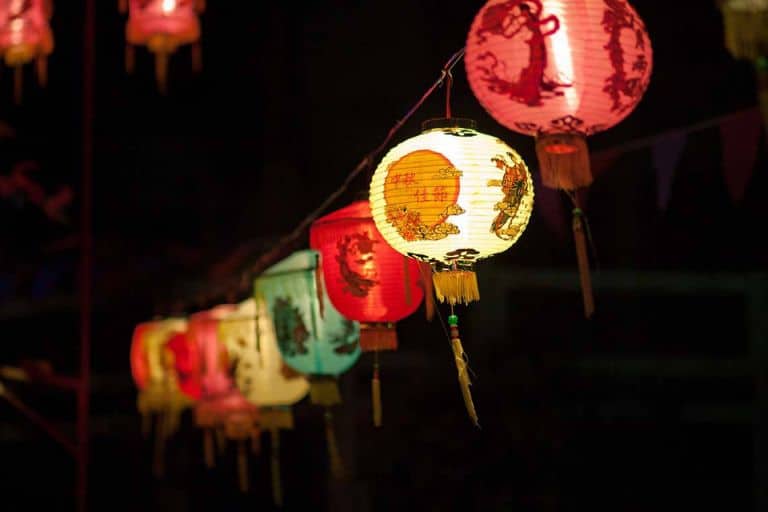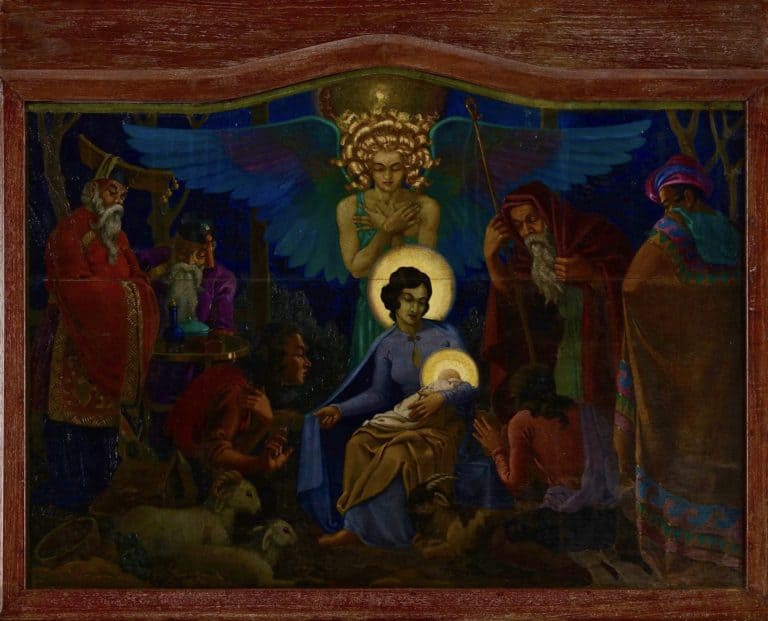In this day and age of #metoo, it seems ridiculous that matters associated with women’s reproductive abilities and genitalia could still be taboo topics in society. Indeed, from Janelle Monae’s vagina pants to progressive sanitary napkin advertisements such as these, it seems that our fear of female nether regions is long past.
Nonetheless, when Malaysian artist Ivan Lam’s latest show Hymen, opened at Wei- Ling Contemporary, we heard murmurs that press coverage had been curiously limited. According to our sources, there seemed to be a general reticence towards publicising the show on the basis that its tenor was not quite right. Indeed, Lam himself takes ownership of any controversy, observing that, he “must have been pushing a few buttons, but that people nonetheless need to be more mature in dealing with these kinds of issues.”
“If we do not push the buttons now, when will we?” he muses.
Let’s see what all the controversy is about:
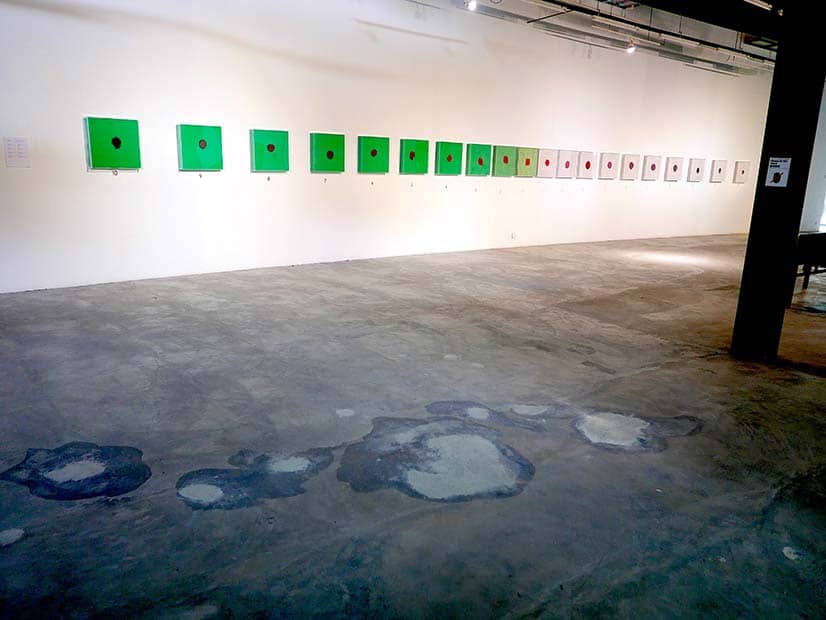
Lam’s work is essentially a performance centred around the hymen – a membrane that surrounds or partially covers the external vaginal opening. In the performance, one layer of fabric (green construction netting) is placed above another layer of fabric (white diaper cloth). Red paint is poured over the green netting and allowed to drip down to the white diaper cloth, in a series of 10 instances. The red paint becomes progressively darker, mirroring the oxidisation of menstrual blood and the height of the netting changes, “mimicking jerky movements exerted during sexual intercourse, and that leads to another female blood reference, namely the destroyed hymen after defloration.”
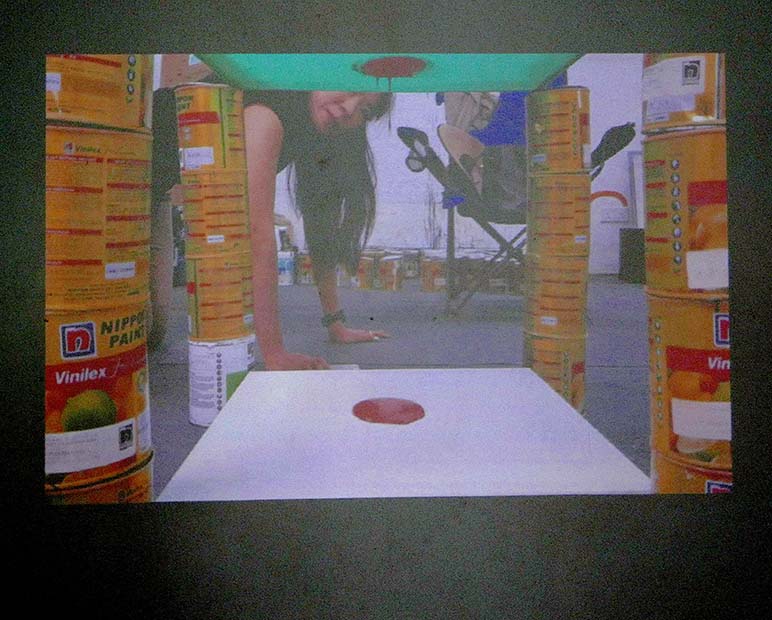
The white and green pieces of cloth were then displayed sequentially in a horizontal row on a gallery wall, mimicking the way that a pool of bloody liquid might spread out on a piece of cloth, like a stain. The green netting typically serves a protective function when used in construction and accordingly mirrors the function of the hymen as the barrier to be breached in order for a woman’s virginity to be claimed.
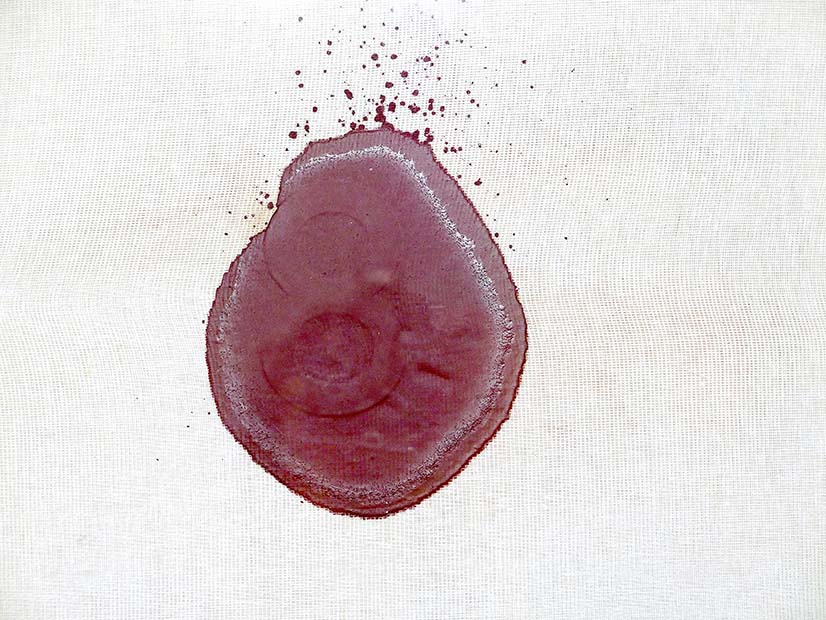
The work is very much about women, with blood as the fulcrum upon which Lam hinges his heavy seesaw of ideas. Blood, after all, marks so many of the milestones in a woman’s life – her first menstruation or menarche, the process of childbirth and the eventual lack of blood when menopause hits.
In naming the show Hymen, Lam tackles taboos head on and forces viewers to confront terminology that typically has no place in polite conversation. While no overt religious commentary was intended, the fact that the colour green has special significance in the Islamic religion may well have added to the discomfort surrounding the work in Malaysia.
Hymen also marks an interesting departure from Ivan Lam’s art practice. He’s arguably more well known for his detailed and intricate figurative painting and printmaking. Just as the breaching of a woman’s maidenhead signals a shift in her life and the way she might be viewed by society, Hymen too is something of a landmark in Lam’s own body of work.
Does Lam’s use of female issues in his art, amount to unjustifiable appropriation by the patriarchy? Perhaps. However, as a man, a father and an artist one might argue that his willingness to bravely broach the taboo topic of female blood packs even more of a powerful punch.
References to women’s blood are not uncommon in the art world – in a Southeast Asian context, Indonesian artist Arahmaiani’s Offerings from A-Z (1996) comes to mind. In her performance, the artist lay down covering herself with white sheets stained with blood. At her side were offering plates and weapons, the blood symbolising violence and also the contradiction faced by women who are celebrated for their ability to give birth but yet are denied access to holy sites when menstruating.
Evidently, the use of period blood in art is so prolific that the practice has acquired a genre of its own – “menstrala.” A great list can be found here – we took special note of Red Is the Colour, by Ingrid Berthon- Moine where the artist photographed women wearing menstrual blood on their mouths as if it were lipstick, and then proceeded to name the shades as if they were real cosmetics:

What do you think of all these works inspired by menstrual blood? Horrorshow or inspired progressive action?
If you’re headed to Kuala Lumpur, you might just want to stop by Wei-Ling Contemporary, in Gardens Mall, to come to your own conclusions. The show runs until 29 April 2018.






